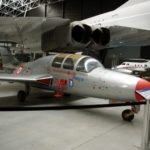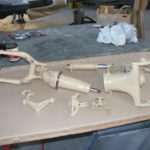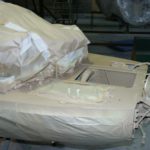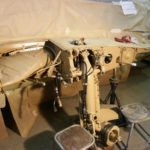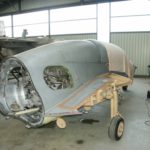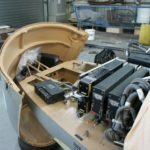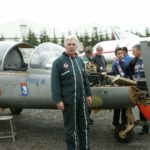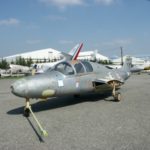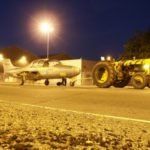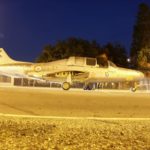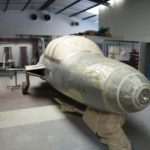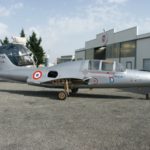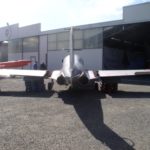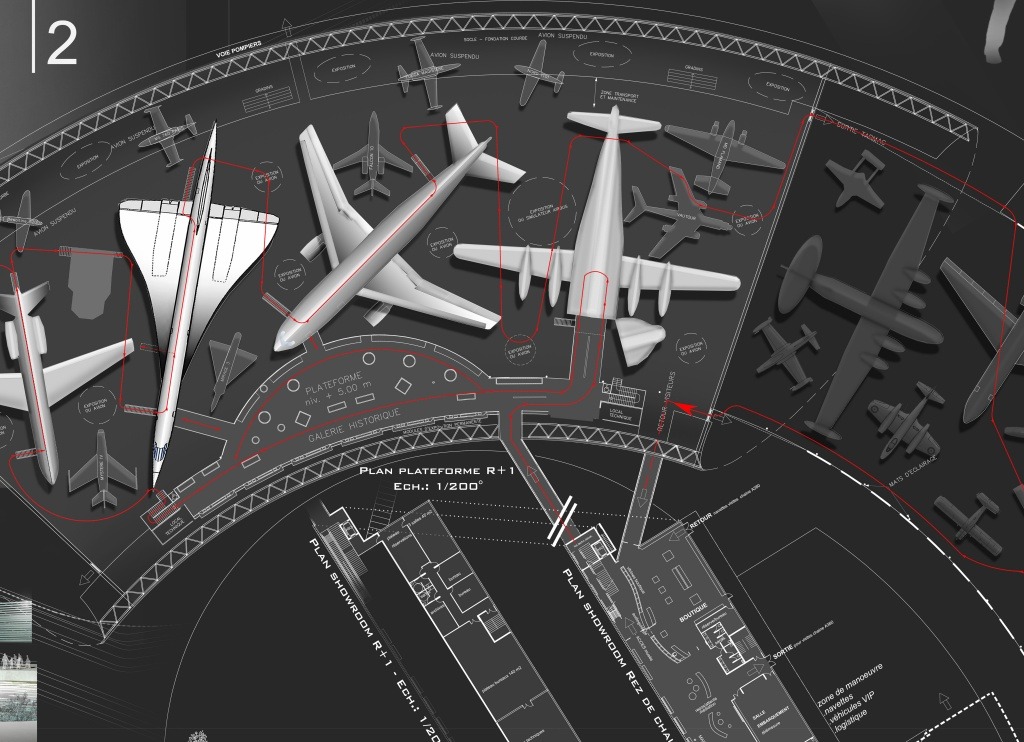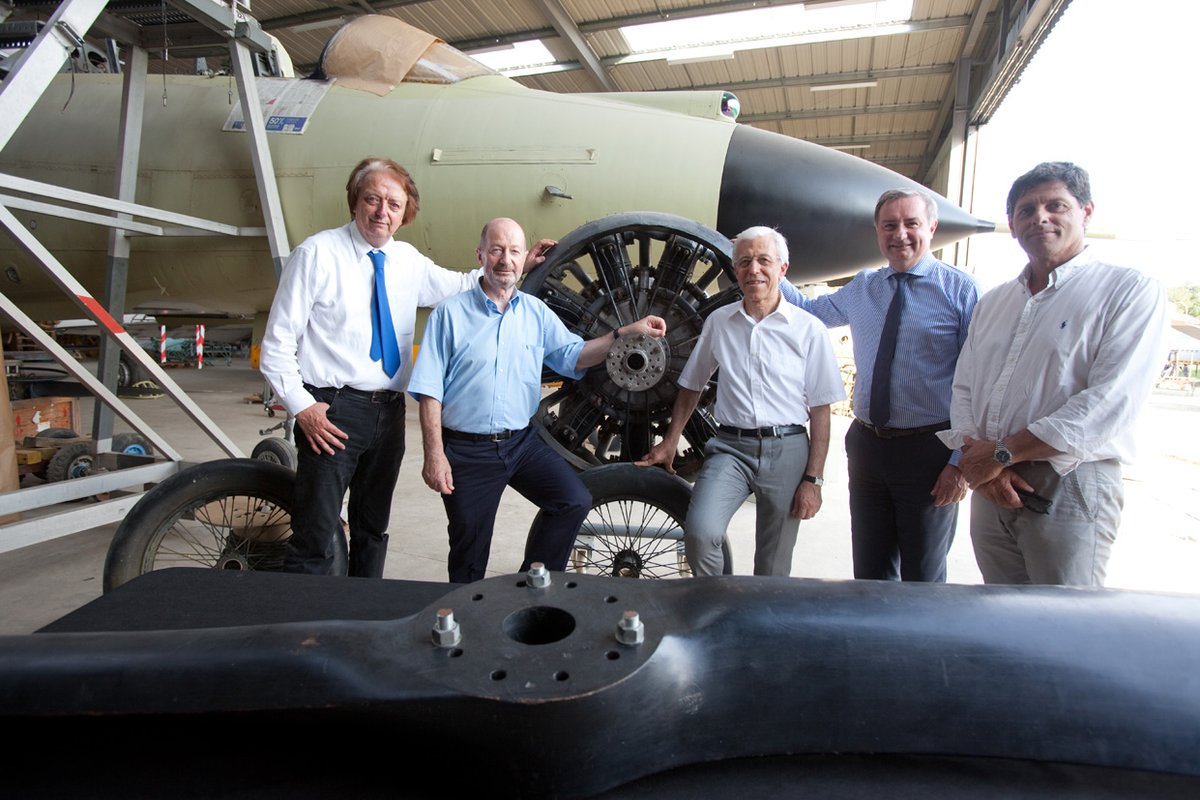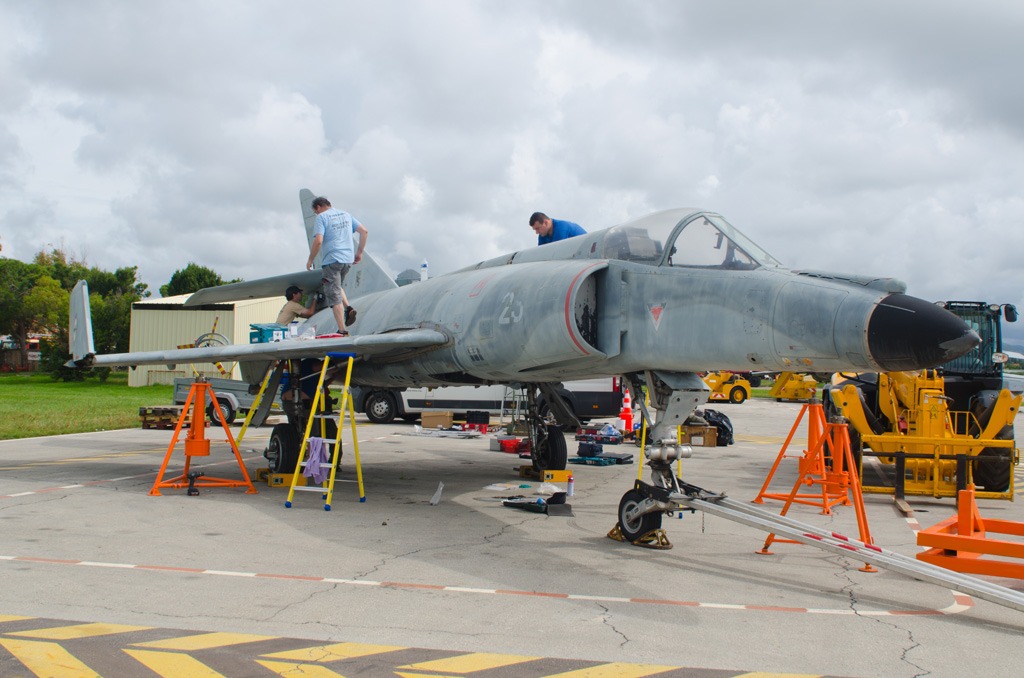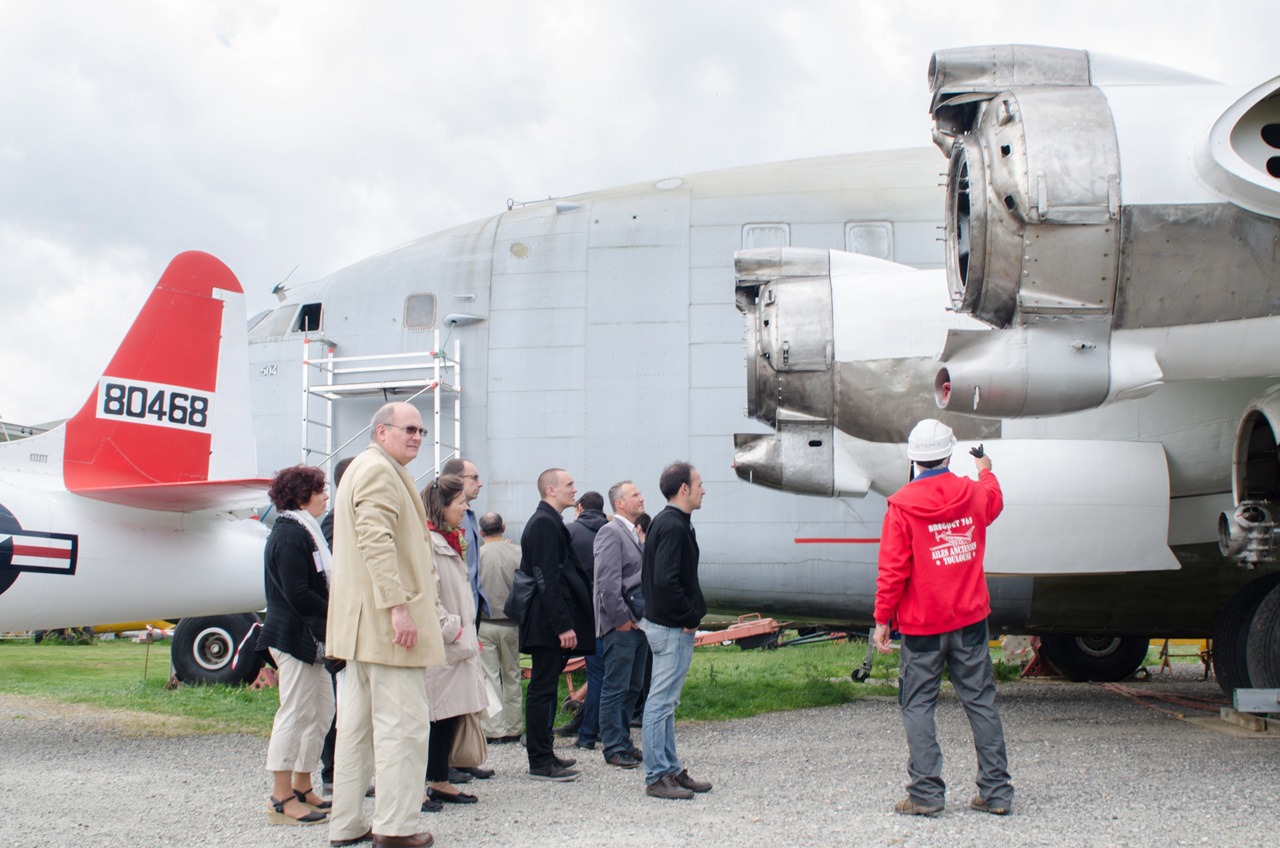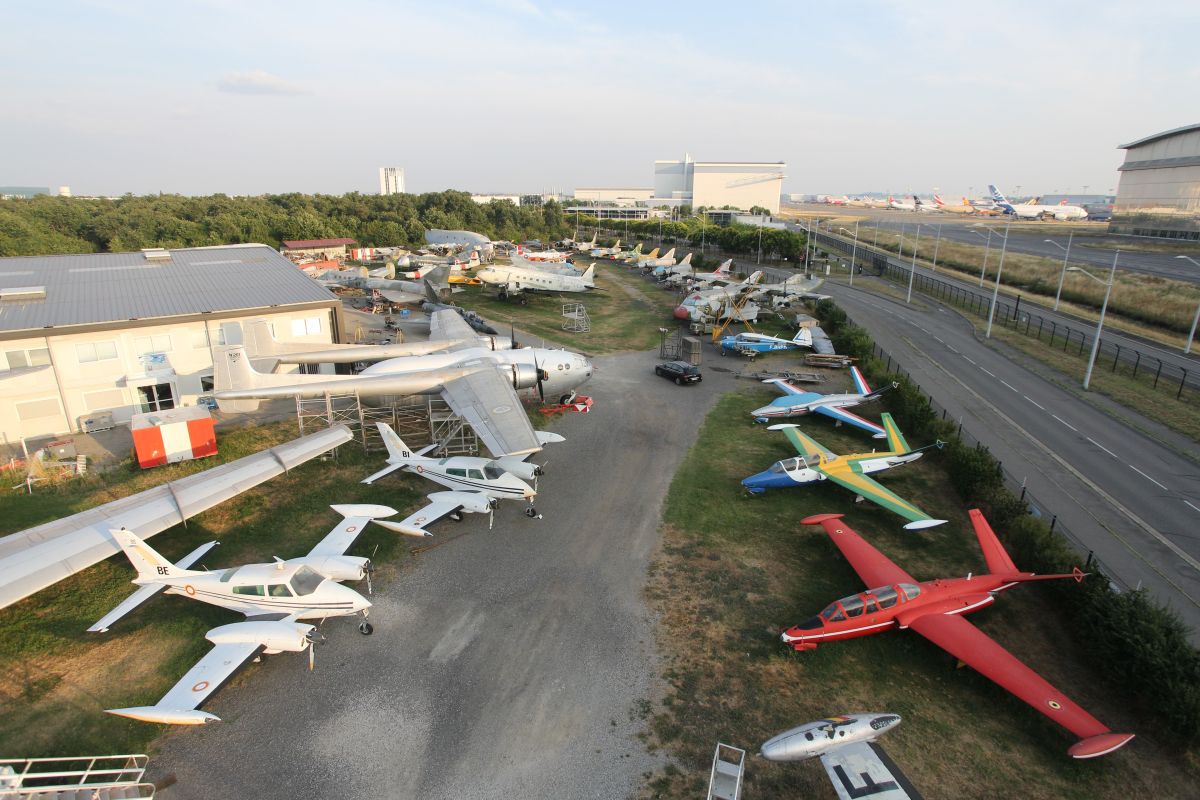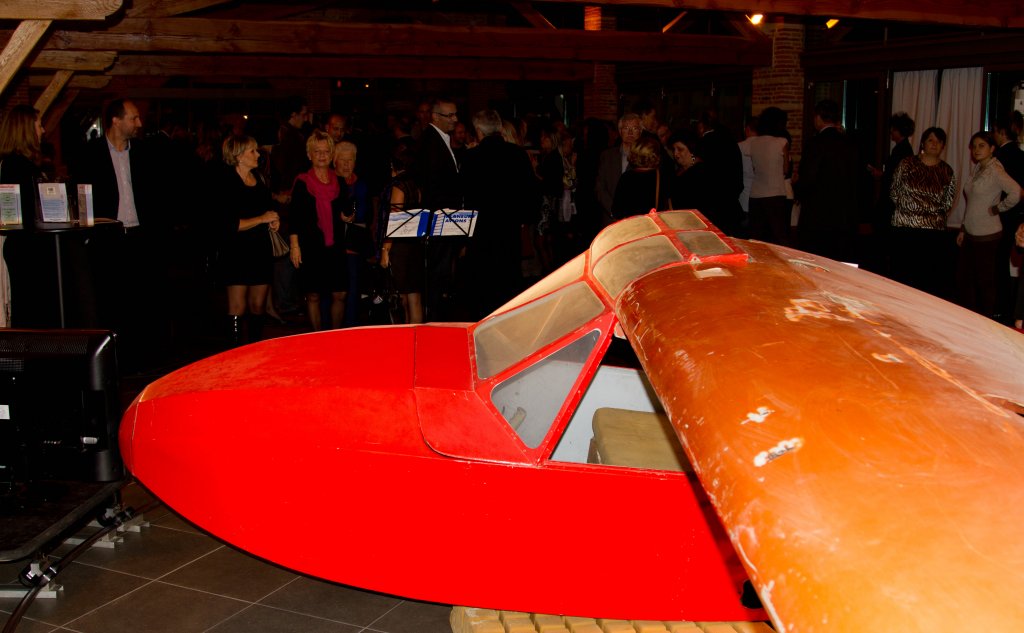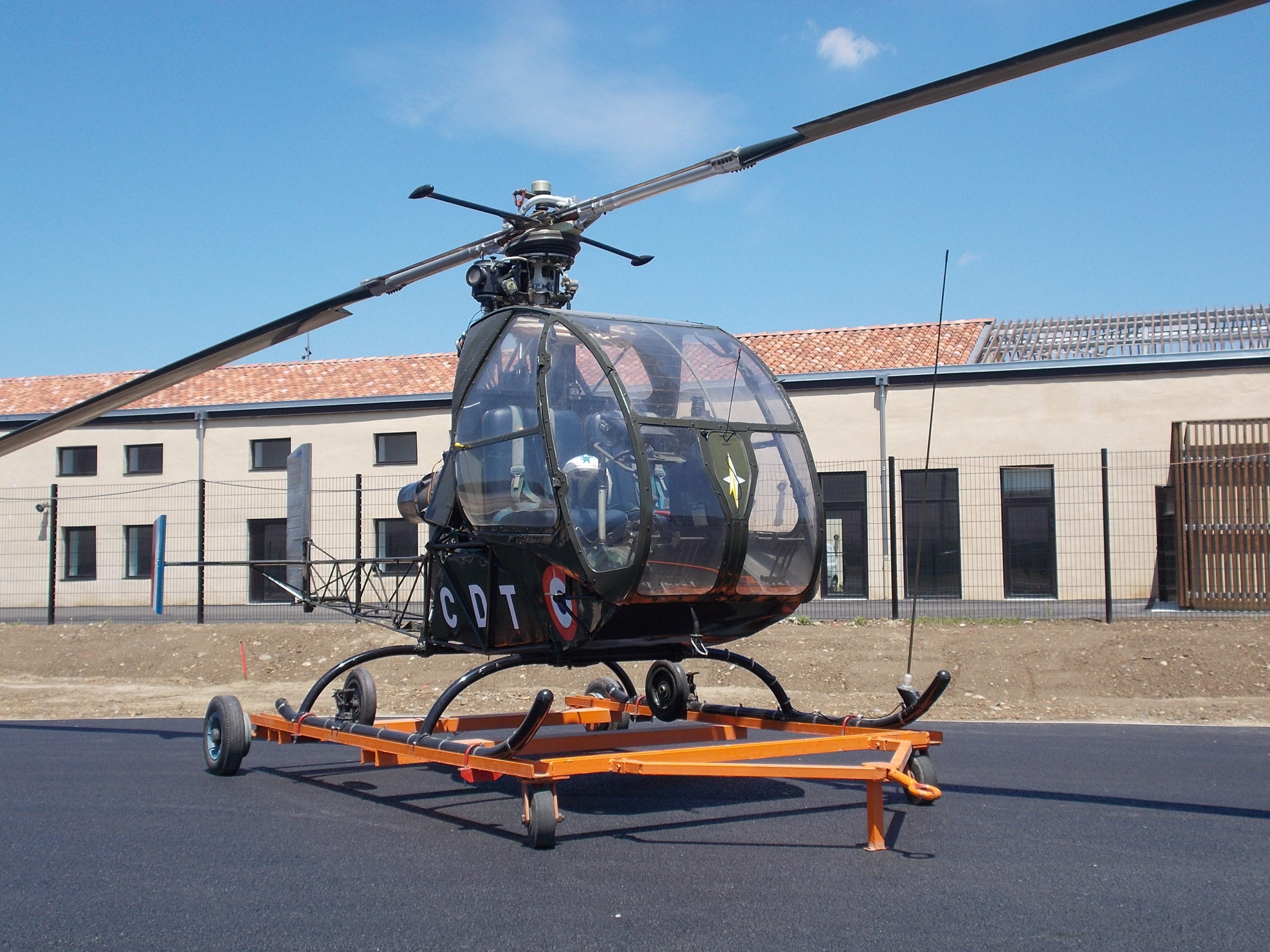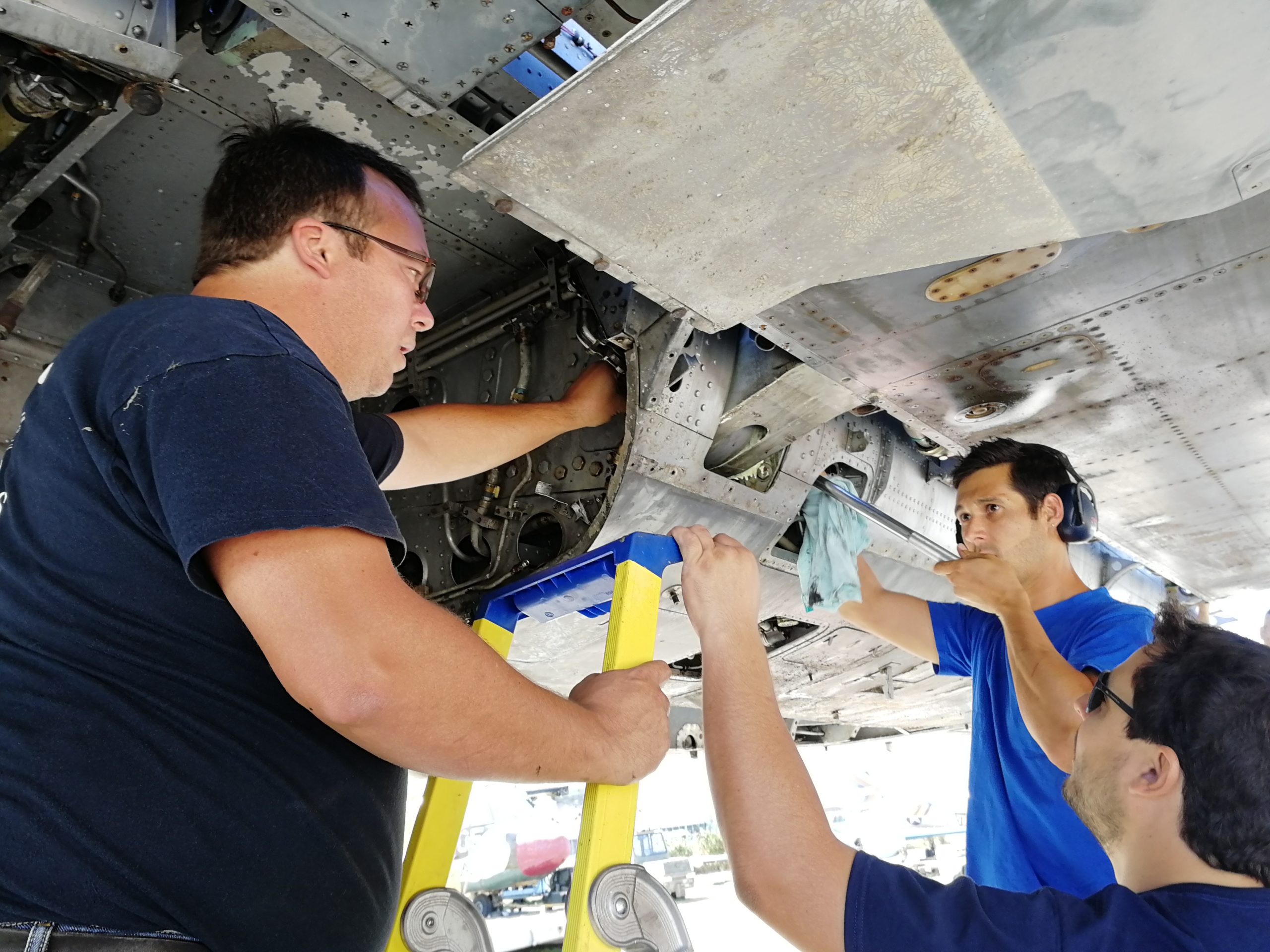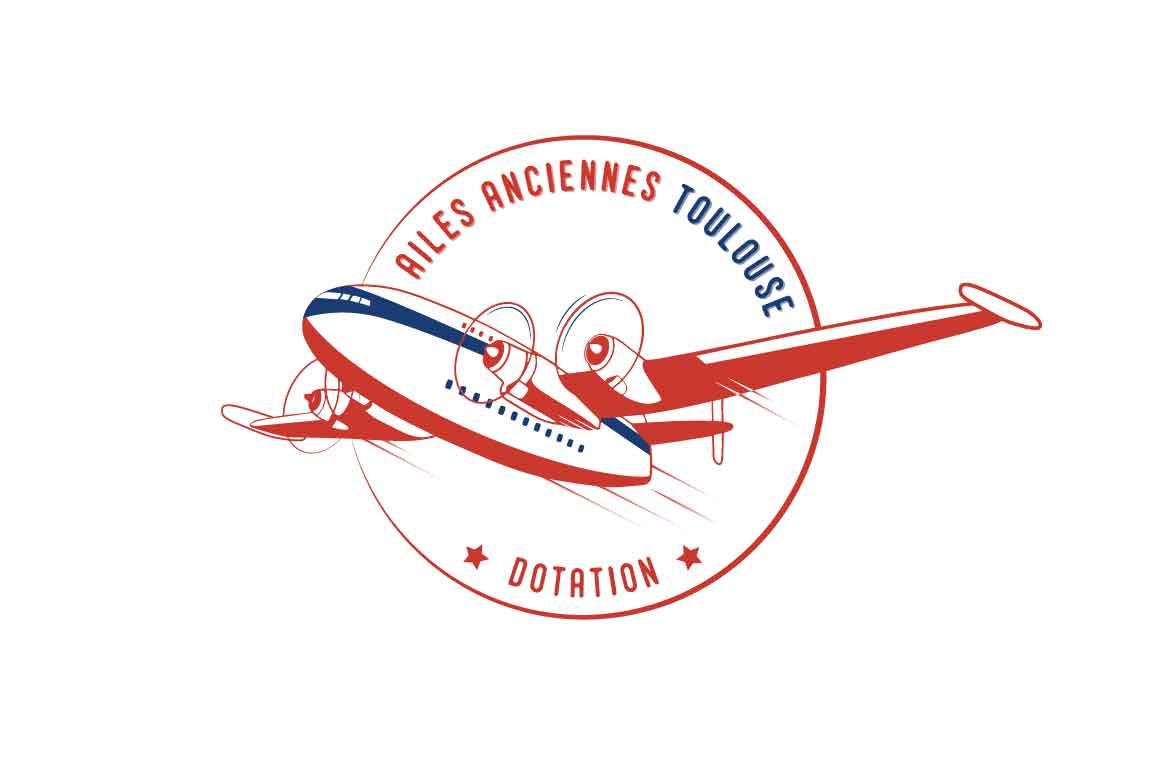Historia
A principios de los años 50, la aparición de pequeños reactores Turbomeca Marboré permite el nacimiento de muchos proyectos de aviones a reacción para la formación. Fouga esta en la competición, y también Morane-Saulnier que tiene una larga experiencia de los aviones de entrenamiento (MS 733 Alcyon, S 472 avefría). Ofrece proyecto del otro biplaza al lado denominado «Fleuret» que voló el 29 de enero 1953 en Melun-Villaroche y parecía muy prometedor. Pero es en la última instancia el Fouga Magister que se retiene por la fuerza aérea. Morane-Saulnier se dio por vencido y volvio al mercado aún incipiente de la aviación de negocios.
El segundo prototipo, la construcción se había retrasado, se cambia por el de cuatro plazas con alargamiento del cuerpo y aumentación de la capacidad de combustible. Roba 29 de julio 1954 y toma el nombre de «Paris», hablando mas los extranjeros que «Fleuret 2».
El Estado hizo un pedido en 1956: Fuerza Aérea (26) de la aviación naval (14) Servicio Capacitación Aeroespacial (4) para la capacitación de los futuros conductores de Caravelle. La serie comienza y el avión vuela Nº 1 27 de febrero 1958 en Tarbes. En 1957 Argentina compró 48 máquinas armadas para la formación de sus pilotos de combate y ataque ligero (incluyendo 36 reunidos en el lugar). Brasil seguirá en 1960 (30 aviones de conexión). Clientes civiles también son vistos como el Sha de Irán y el futuro rey de Marruecos. Un total de 27 Máquinas volarán en colores civiles, incluyendo 7 recibió en 1962 por la Escuela Nacional de Aviación Holanda Civil (SPI) para la Formación de pilotos de líneas aéreas. En 1960, el fabricante ofrece una versión Enhanced París II impulsado por Marboré VI y con 440 litros de combustible.
Teniendo adicional del rango máximo a 2 000 km, así como los sistemas mejorados. Los La mayoría de París también va a volver a motor (Paris IR). 121 máquinas se construirán en Tarbes hasta 1964 (81 Paris 29 París I y II). La sustitución de París también vendrá de la fábrica Tarbes para convertirse en Socata Mientras tanto, en el marco del forma de la TBM 700, que hizo su primer vuelo en 1988.
El París fue un precursor del concepto de avión de Negocio. Él estaba en desventaja por la codicia y el empuje de Marboré algo limitado. Allí dificultad de embarque adicional, fácil para un joven, pero casi imposible para un mujer en falda. Es para llenar este vacío ha desarrollado la versión de 6 plazas de París III que tiene una puerta de acceso lateral. Este dispositivo permanecido único y ha sido utilizado por Aerospace como avión de enlace.
Características
| Envergadura | 10,15 m |
| Longitud | 10,22 m |
| Altura | 2,6 m |
| Peso en vacío | 1,95 t |
| Peso máximo | 3,47 t |
| Carga | 3 pasajeros |
| Velocidad máxima | 570 km/h |
| Alcance | 1470 km |
| Tripulantes | 1 |
| Motorización | 2 Turboméca Marboré IVC de 400 kgp pues Marboré VI de 480 kgp |
| No de Serie | 24 |
Nuestro avión
Nuestra MS 760 Paris IR (Nº 24) llegó por carretera en 2003 de Châteaudun. La restauración comenzó inmediatamente y se completó en 2007. Mucho cuidado se ha puesto a la misma protección larga duración de la célula para evitar que afecte tiempo.
Fotos


